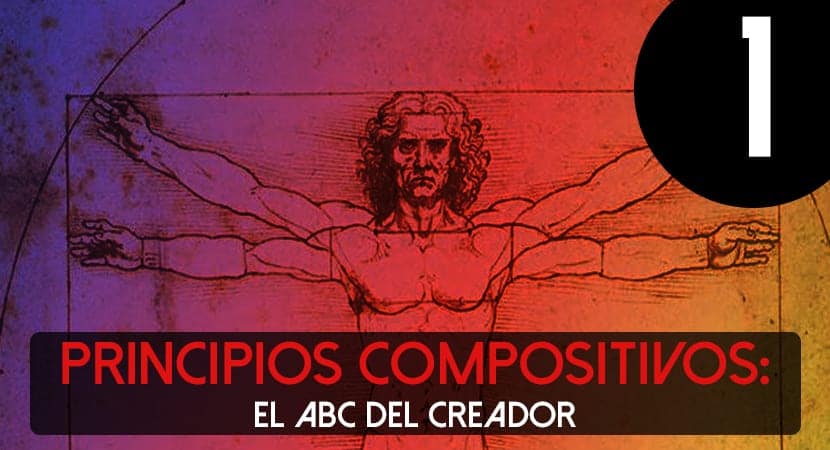
The principles help the professional of any kind. The lawyer solves his incongruities with the legal system, the mathematician with his theorems solves his mathematical conflicts and the artist solves his visual problems through the principles of design. Yet the artist uses them as principles, not as laws. The difference between the two concepts is that these principles help to organize the artwork and the formal arrangement, but they do not direct creativity to express feelings and ideas. That is to say, creativity, feelings and supreme vision of the artist are above any law, so these principles can only serve as a reference, they can help us as advice, but not force us to do our work in a certain way.
Next we will review these compositional principles that are basic for any designer:
- Unit: It occurs when a set of organized bodies, related to each other, represent only one. Each element on the plane exerts forces and tensions, the set of these elements and their related forces is constituted as a unit. The value of the units is higher than the simple sum of elements. How can we find this principle in our works? Well through continuity, repetition or proximity between elements.
- Variety: It is about the organization of elements within the set. The purpose of variety is to arouse interest. It is the result of having different forms or types within our symbolic and formal universe. It is about introducing those differences that add value to visual and conceptual design. Above all in the use of contrast, emphasis, difference in size, color ... Variety is a quality of contrast, which allows the relationship of various shapes, figures or elements, in different ways and with different colors and textures, but its use it must be rational. We must use logic, our visual sense to find correspondence and balance, because we could fall into disorder (which as long as it is not intentional, it will be a mistake) and to make us of the unit.
- Contrast: It refers to the contrast, the comparison or the notable difference that exists between the elements. Its correct use and without falling into abuses, will be able to strengthen the link between all the components that make up this tandem. It is essential without this element we would fall into a deep aesthetic void, monotony or even simplicity. We would somehow close the doors of our composition, limit it, and rob its elements of capacity. This can be achieved through the manipulation of multiple articulations such as color, tone, shape, texture, size, contour, typography ...
- Center of interest: We will also call it emphasis and it is about the backbone or axis of the composition based on which everything makes sense. It is very easy to identify and it is that area where our gaze is directed as soon as we see the work. It is that point that we cannot resist looking at, which immediately grabs our attention. We look at that emphasis first and then we go through the rest of the composition. These centers of interest are very important because are in accordance with the human perception systemThis is how our brain works. You need to immediately search within yourself for a meaning, an interpretation. And this element will serve as support to establish our entire mental hypothesis when we see it, when we receive it. (Especially when we talk about figurative compositions, in abstraction it is also present but it is something much more diffuse from the conceptual field).
- Repetition: It consists of the exact reproduction of the elements, grouping them taking into account the proximity between them, and the visual characteristics they share. The most common form is linear, in this the elements do not have to be totally equal to be grouped, they simply must have a common distinctive but granting individuality within the same family. It can be caused through size, contour or characteristic details.